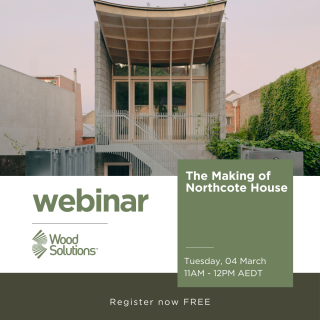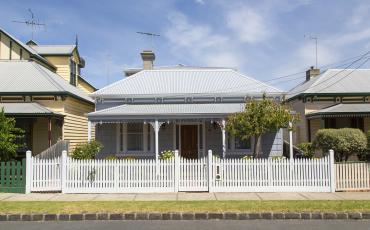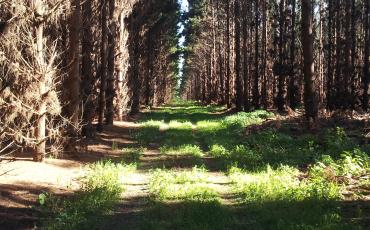WoodSolutions Presents at the Design Matters National InspoExpo


Tallowwood is rated Class 1 Durability in-ground (the highest durability rating) according to Australian Standard 5604:2022, Timber - Natural durability ratings, meaning the heartwood is resistant to termite attack and fungal decay. While the lifespan of timber in the ground varies according to site conditions (damp site v. dry site, tropical climate v. dry climate, etc) it would seem that if the poles have survived for 47 years without any problems there is no immediate cause for concern.
"Murray pine" is actually another name for cypress pine, but the problem in trying to match your existing timber is that it will have darkened with age. New cypress will probably be lighter, although sanding your existing floors might get back to a lighter colour that would be a better match to new timber. Red Baltic would blend in better than white Baltic but the grain pattern is quite different. Cypress is probably your best option.
You don't mention whether your verandah posts are in the ground or supported on metal bases clear of the ground. While merbau is rated Durability Class 1 out of ground contact, it is only Class 3 in the ground. If your posts are supported on a metal base such that the durability of merbau would be suitable, you may find 90 x 90 posts are available in non-laminated form from suppliers who describe them as "solid merbau". If your posts are set in the ground we suggest a species of higher durability such as ironbark.




In answer to your questions, 1. Treated pine sleepers may distort slightly as they dry out since the treatment is water-based and they may not be supplied fully dried. That is something to discuss with a supplier. 2. Many hardwood sleepers are 2.4m in length, but Outlast at Mordialloc have ironbark sleepers up to 3.0m, more info here https://outlast.com.au/products/timber-sleepers/ironbark-sleepers/. Maybe you could have a small gap of 150mm both ends and fill with sand. 3.
The damage shown in your photos doesn't appear to be fungal decay (rot). It's difficult to see exactly what is going on, but decay would present as brown cubical material ('brown rot'), or whitish stringy damage ('white rot'), rather than flakes of sound wood interspersed with damaged material. It may be an advanced case of Lyctus borer which produces fine dust similar to talc powder. This could be the 'powder-like buildup' described in the caption to your image #3.
Are you looking for a supplier?